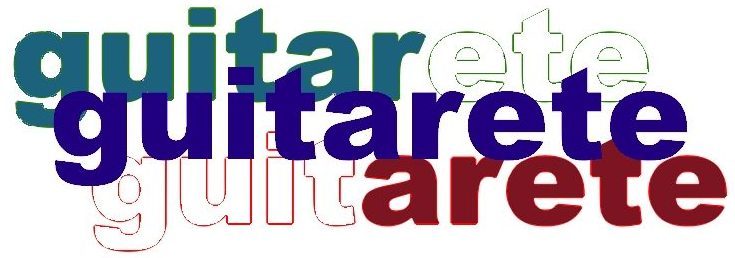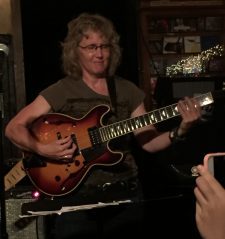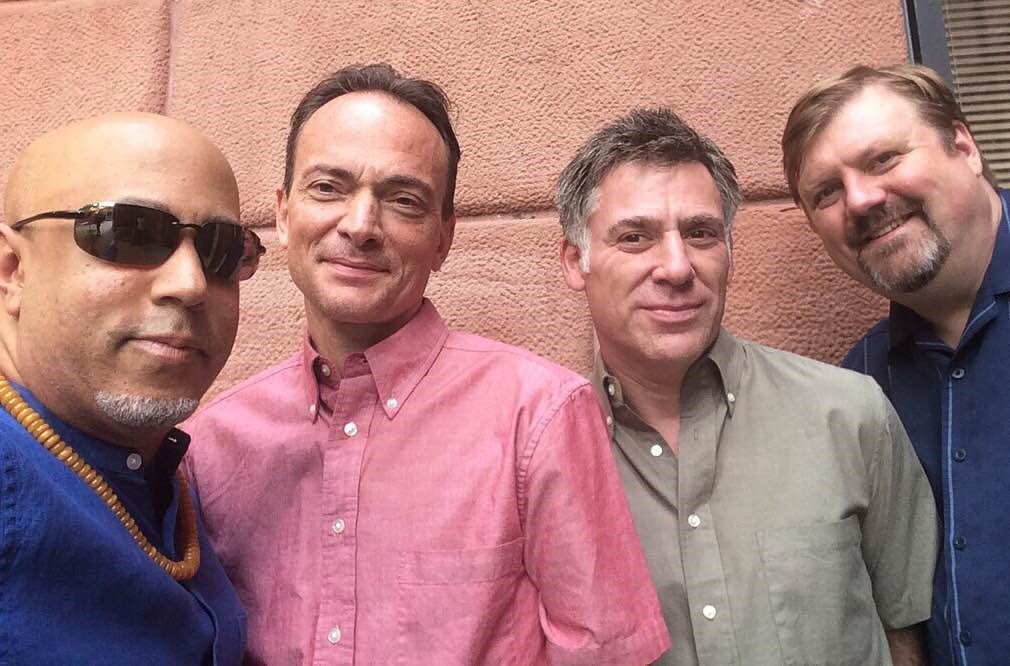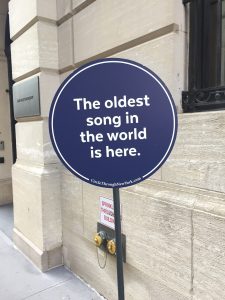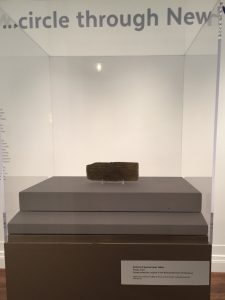I had the good fortune to catch the second set of the Sheryl Bailey Quartet’s February 2 performance at Fat Cat, in the West Village. In the same large NYC basement as dozens of people playing pool, ping-pong, Scrabble, table bocce, foozeball, and who-knows-what-else, guitarist-composer-leader Bailey guided pianist Jim Ridl, bassist Andy McKee, and drummer Sylvia Cuenca through a five-tune set of her originals.
Throughout the set, the band played with a clear, unexaggerated, almost-light-definitely-not-heavy attack. At no point do I recall them rising to a bashing, thunderous level. While their set was certainly not meditative, can-hear-a-pin-drop-in-space quiet, just as much it wasn’t a self-consciously loud set. They infused the set with energy, but without spending much time at the extremes. In this ensemble, that tendency, shared among all, did not result in anything that could be mistaken for middle-of-the-road background filler. I understood the avoidance of volume extremes as saying to those in the distraction-filled environment who chose to put the music first, “Stay focused! Listen The interesting stuff isn’t only at the extremes.”

The set consisted, in order, of “An Unexpected Turn,” “Lazy Dazy,” “What She Said,” “Last Night,” and “Starbrite.” Bailey gave each number a brief introduction. Most memorable were her intros to “An Unexpected Turn” and “Lazy Dazy.” The former, she related, was inspired by unpredictable and creatively satisfying run-ins with NYC jazz cats, including her quartet bandmates. “Lazy Dazy,” Bailey said, came to her in the aftermath of a rare day off—something, as a self-described “type-A” personality who needs to “get shit done,” with which she’s not entirely comfortable. The tune, which is as yet not to be found on any of her albums, does conjure some discomfort; its A and B sections have a playful, but somewhat awkward relationship. It’s not difficult for me to imagine Bailey as constantly busy, not only from her involvement in numerous projects, but from my observation that every time I’ve been to one of her gigs as the leader, she has performed a new composition. I’ve come to expect and look forward to hearing her new and unrecorded tunes at her gigs.
